Teardown of robot vacuum cleaner Proscenic V10
Introduction
The robot vacuum cleaner V10 is the “little brother” of the X1 from Proscenic. It comes without the cleaning station but also supports ultrasonic mopping and that for a small budget.
Teardown
Since it’s interesting ( and because I can ;-) ) I opened up my new Proscenic V10 to see how a robot vacuum cleaner is built. I also wanted to get more information on what hardware (SoC, LiDAR, etc.) is being used. My findings are presented and described below.
Robot
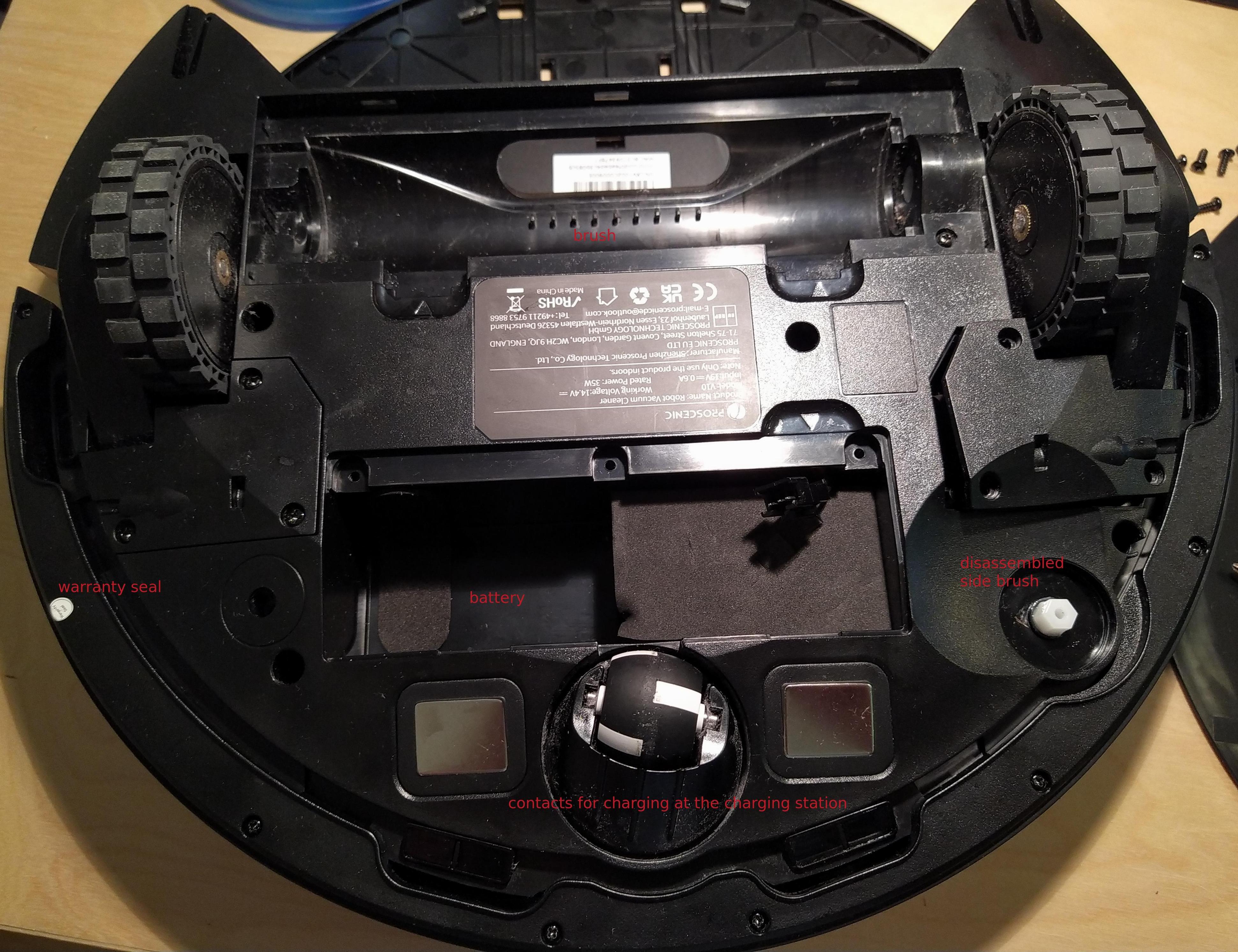

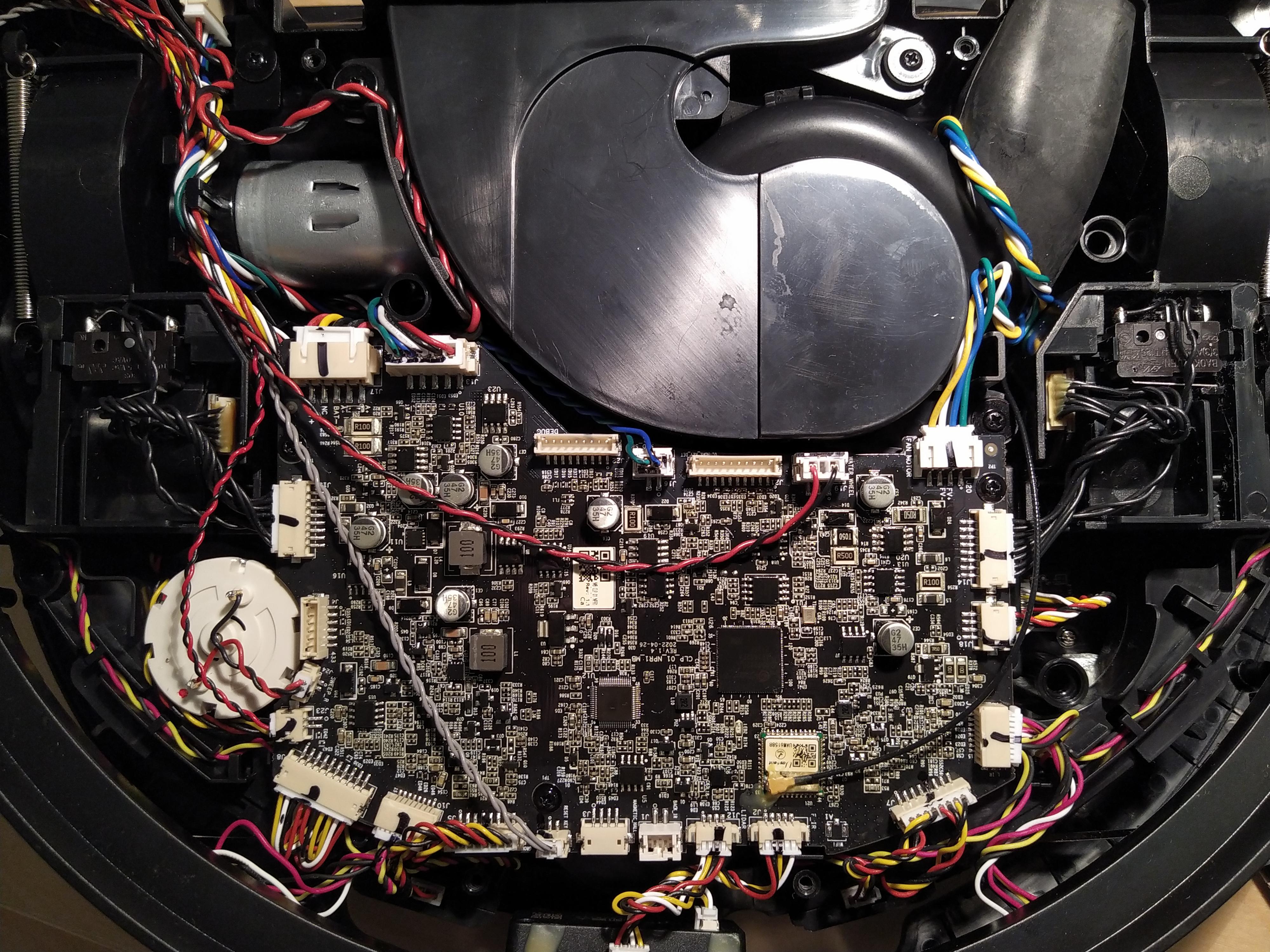
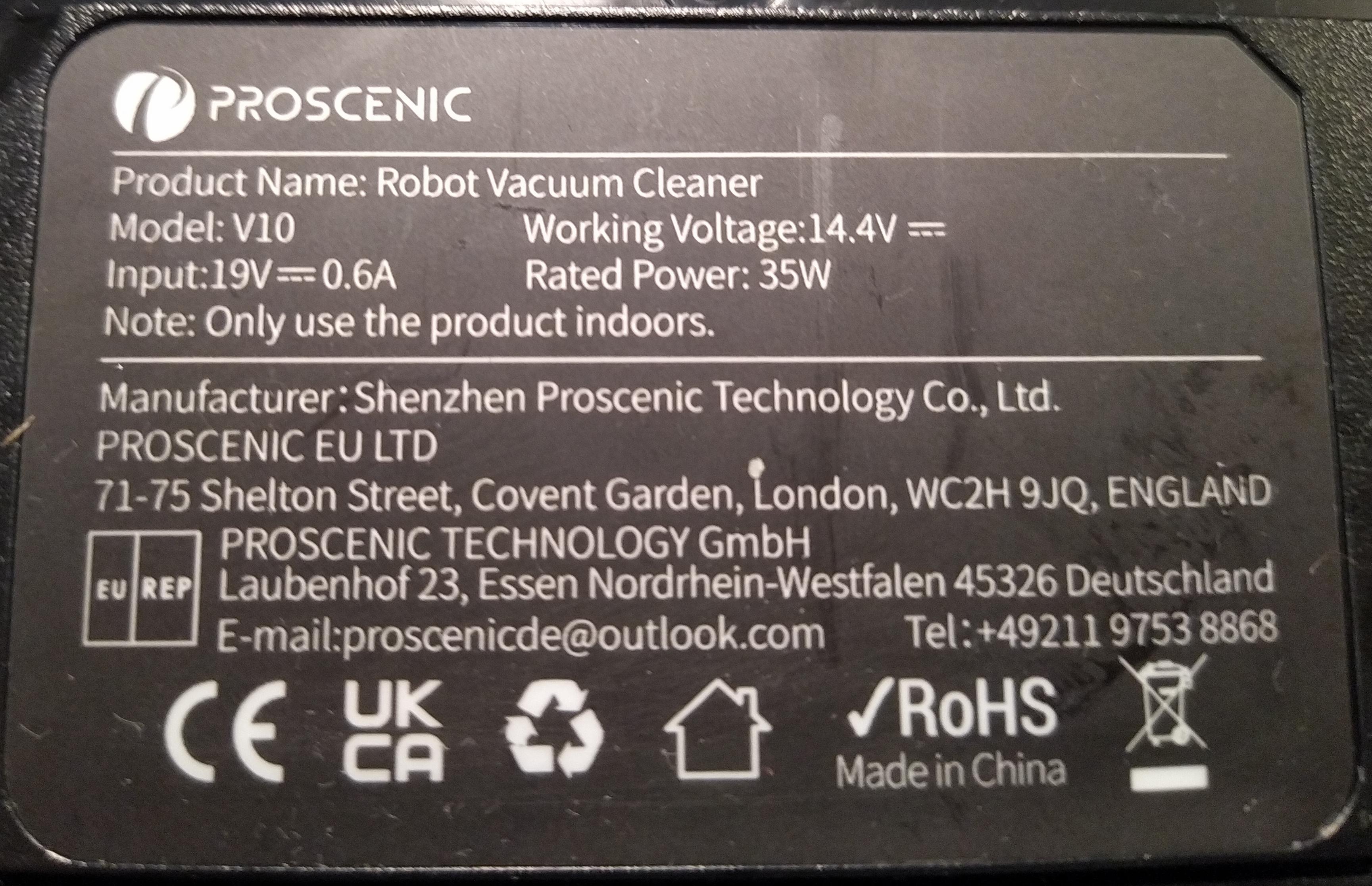

Battery
Contrary the manufacturer’s specification the battery only has a capacity of 2600mAh instead of 3200mAh.


Mainboard
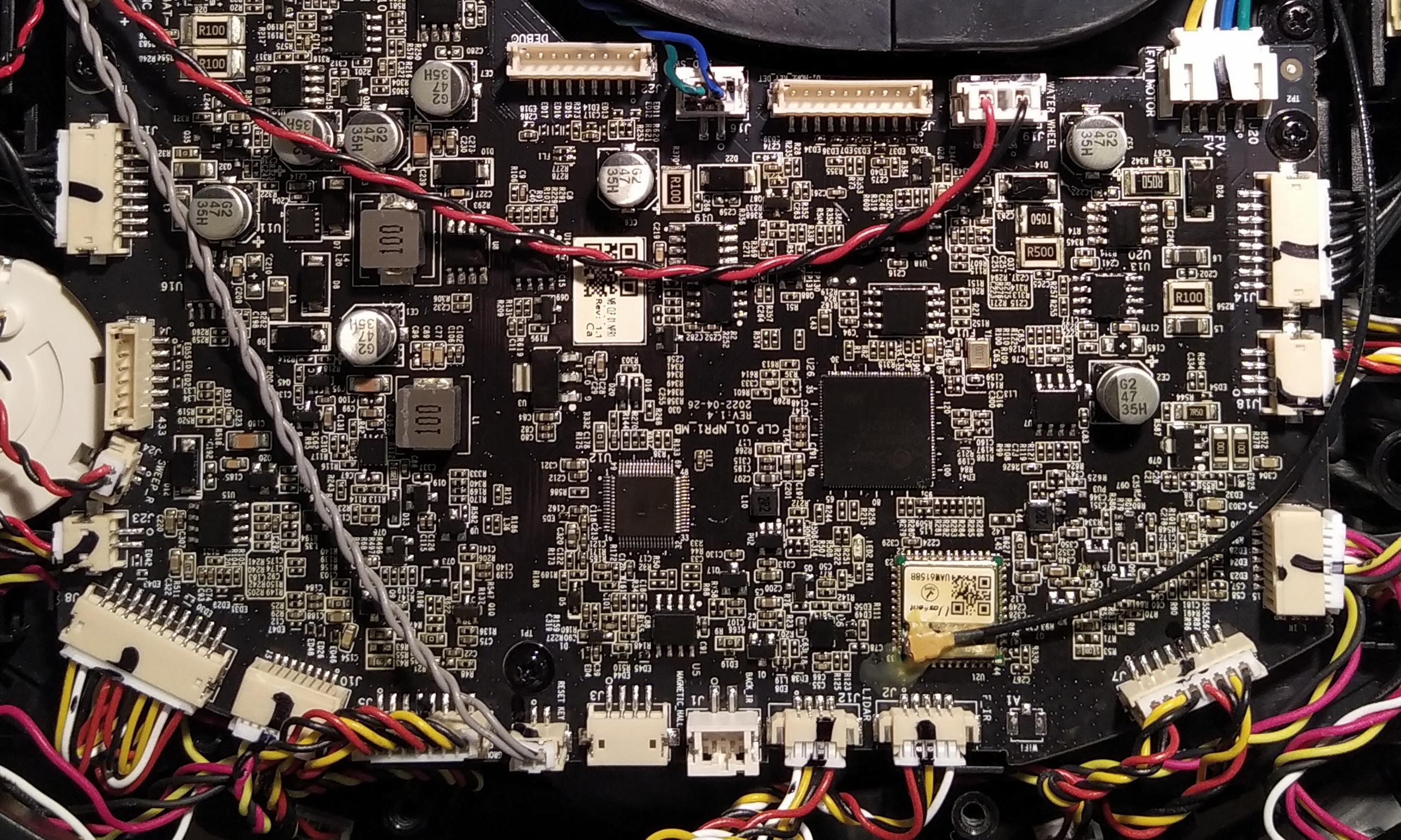

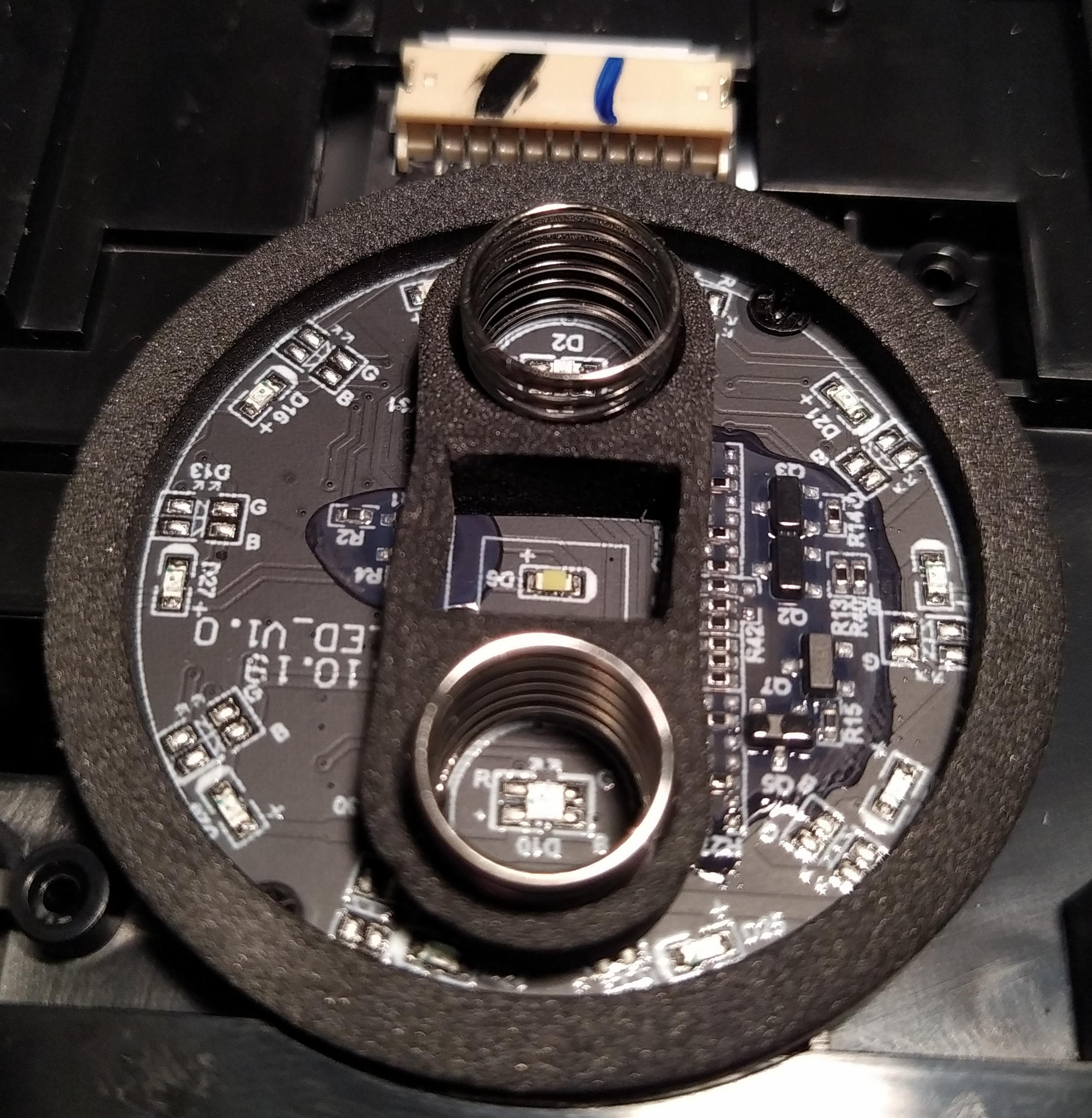
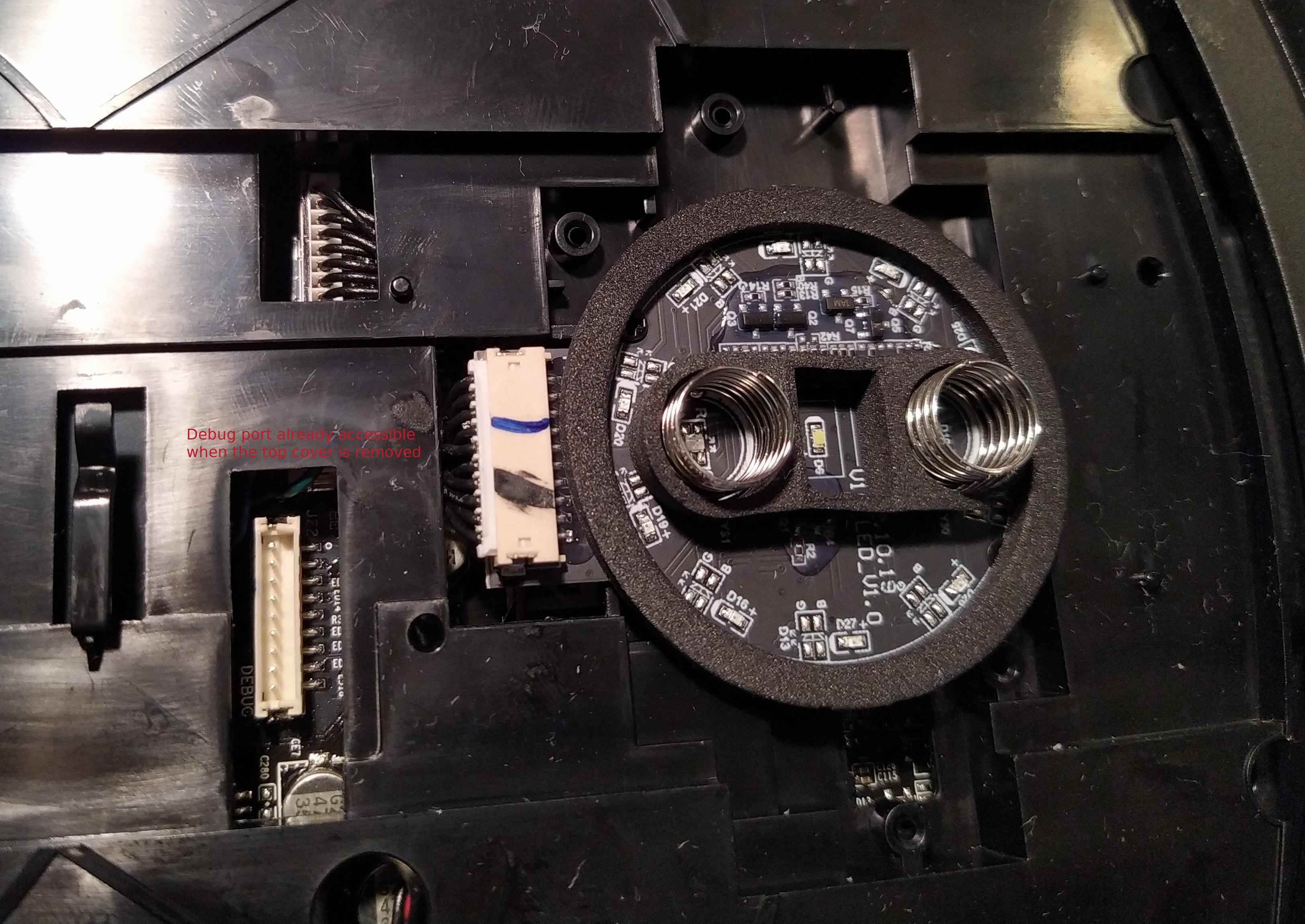
SoC
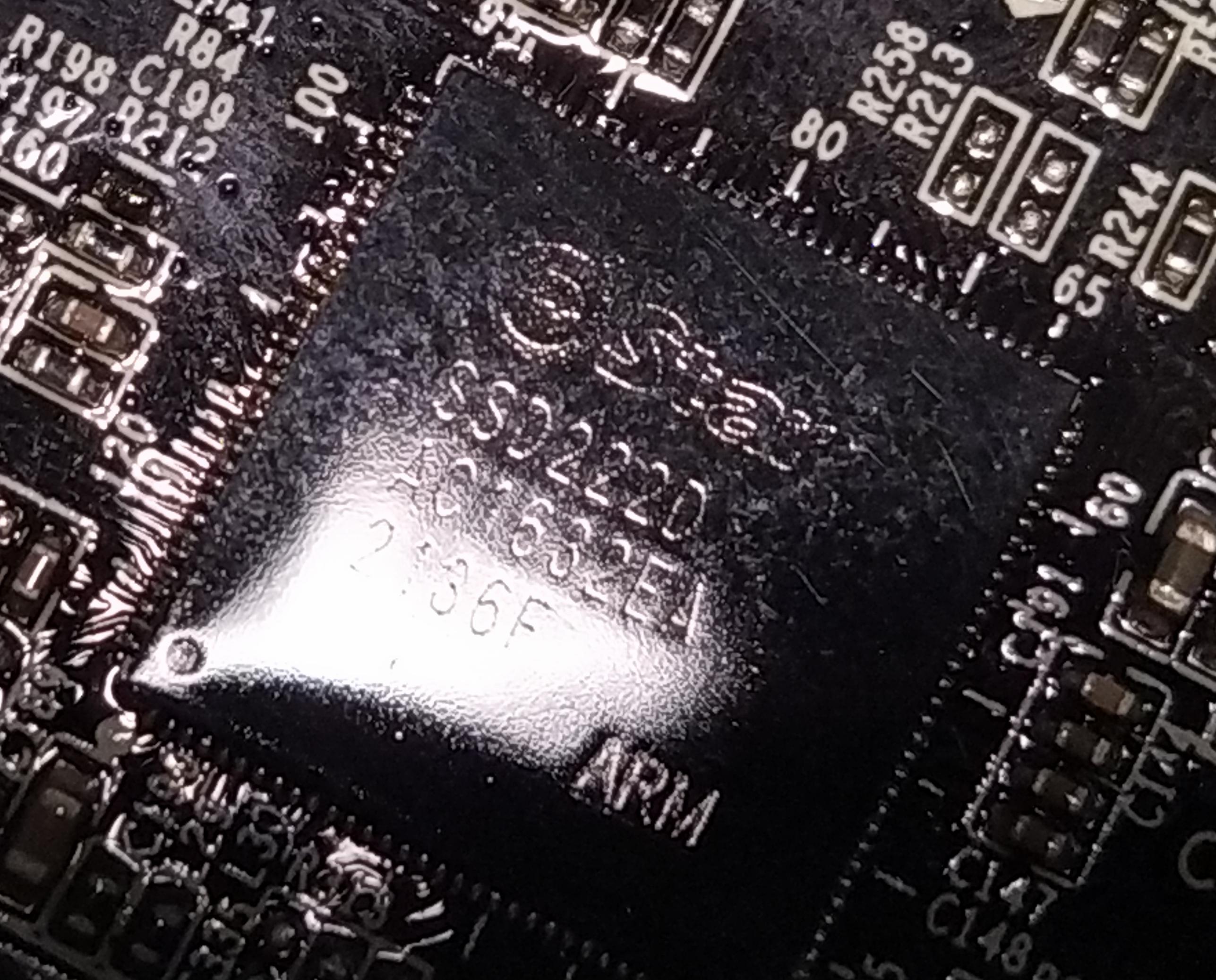
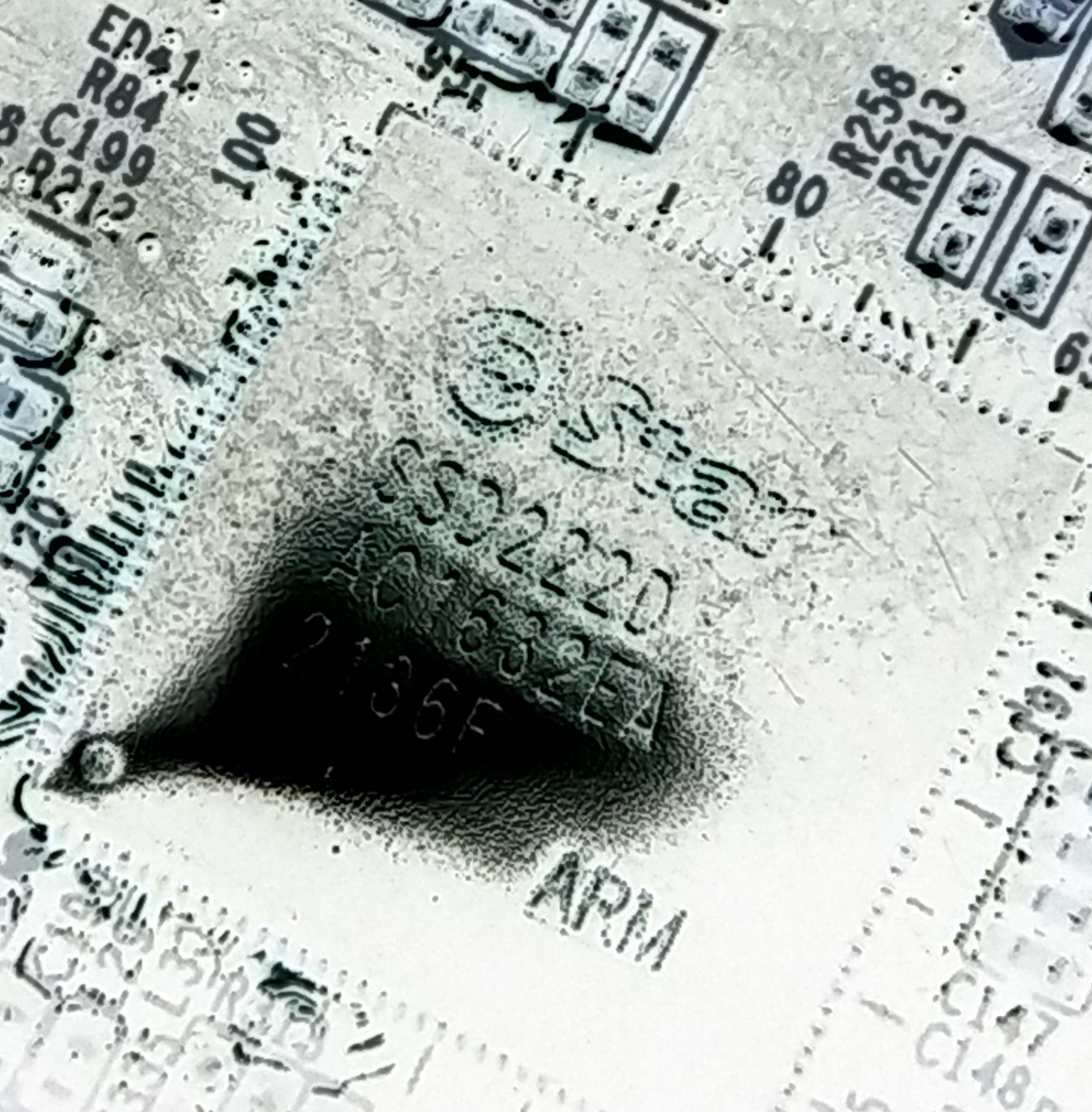
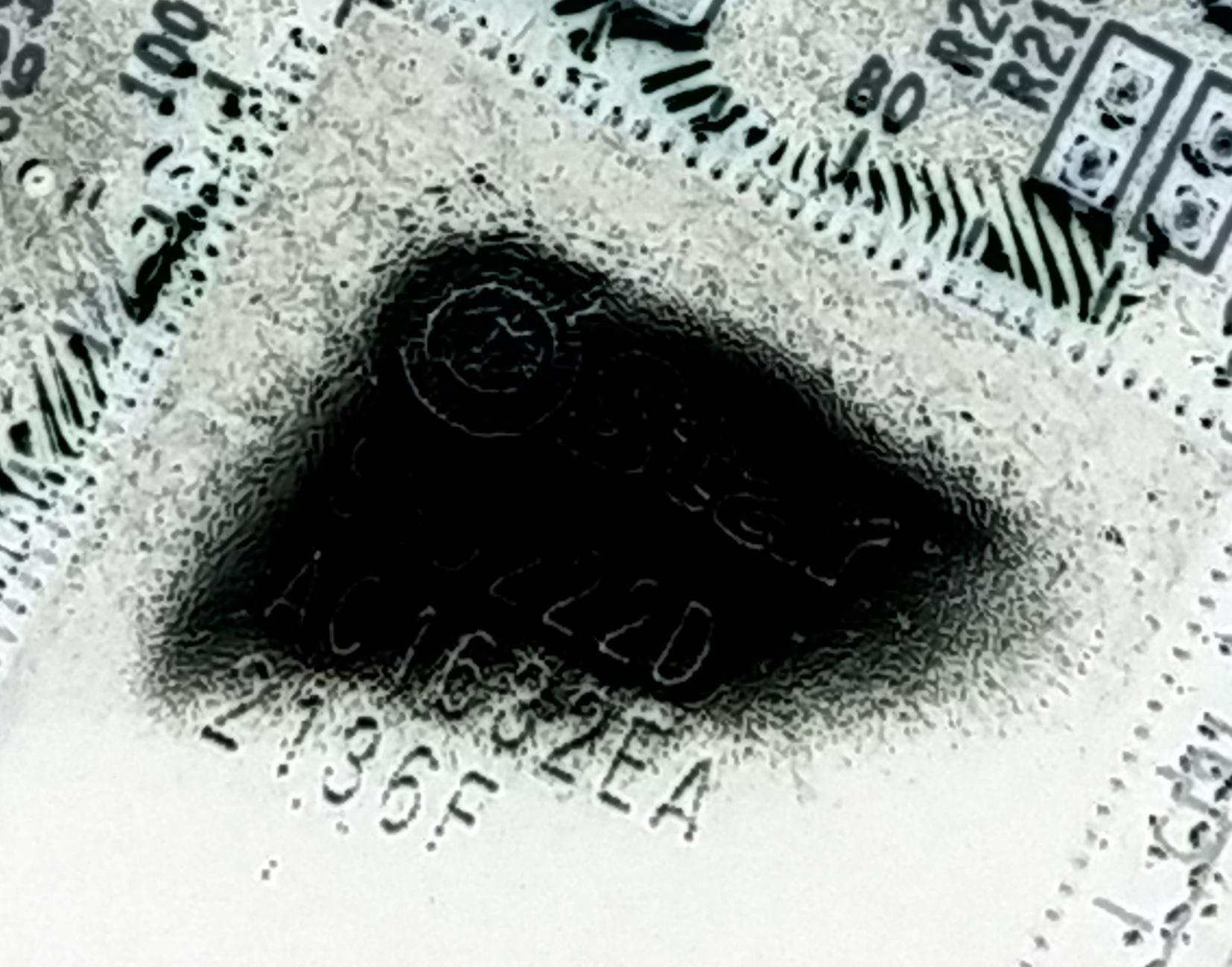
Network
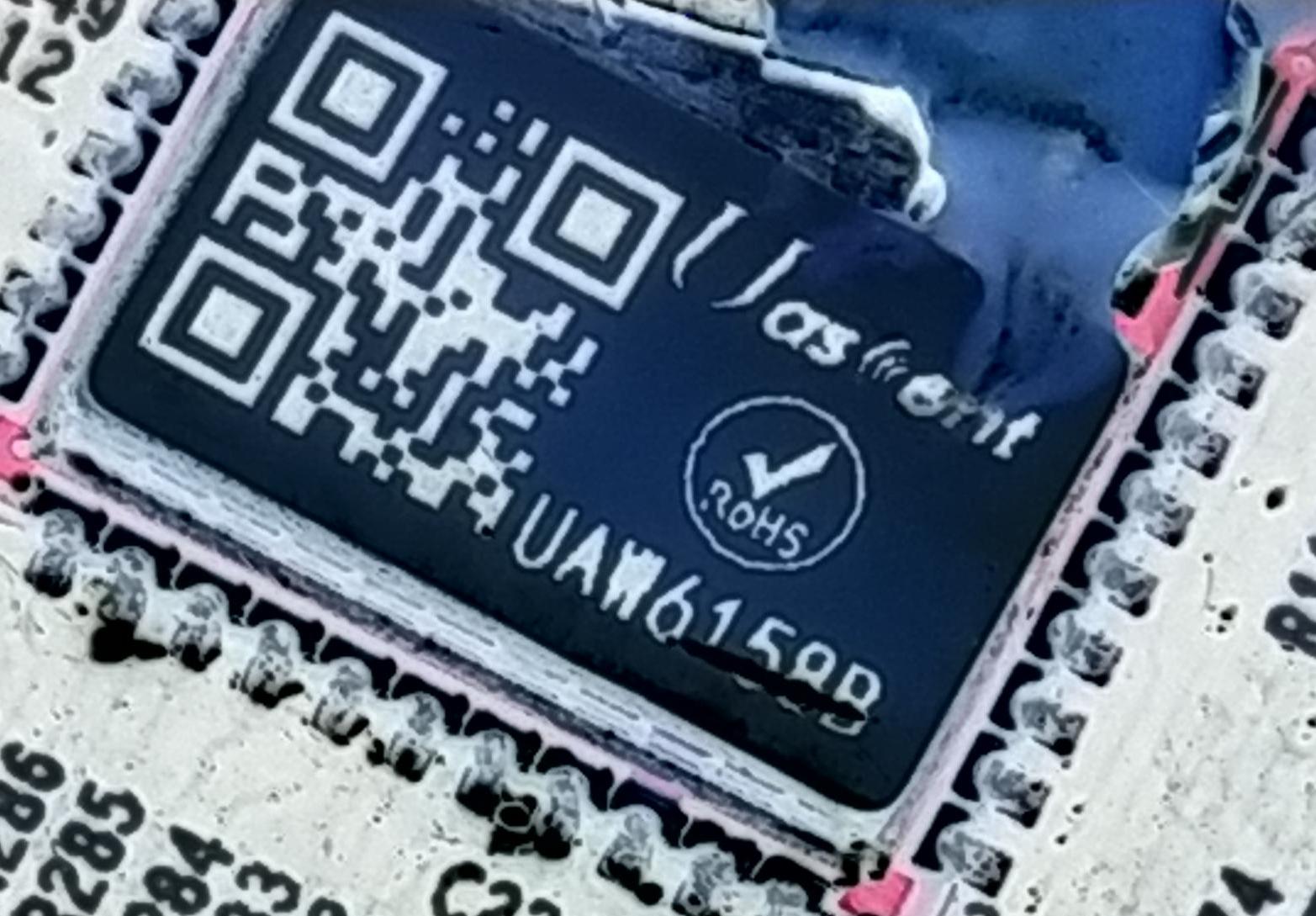
Debug port
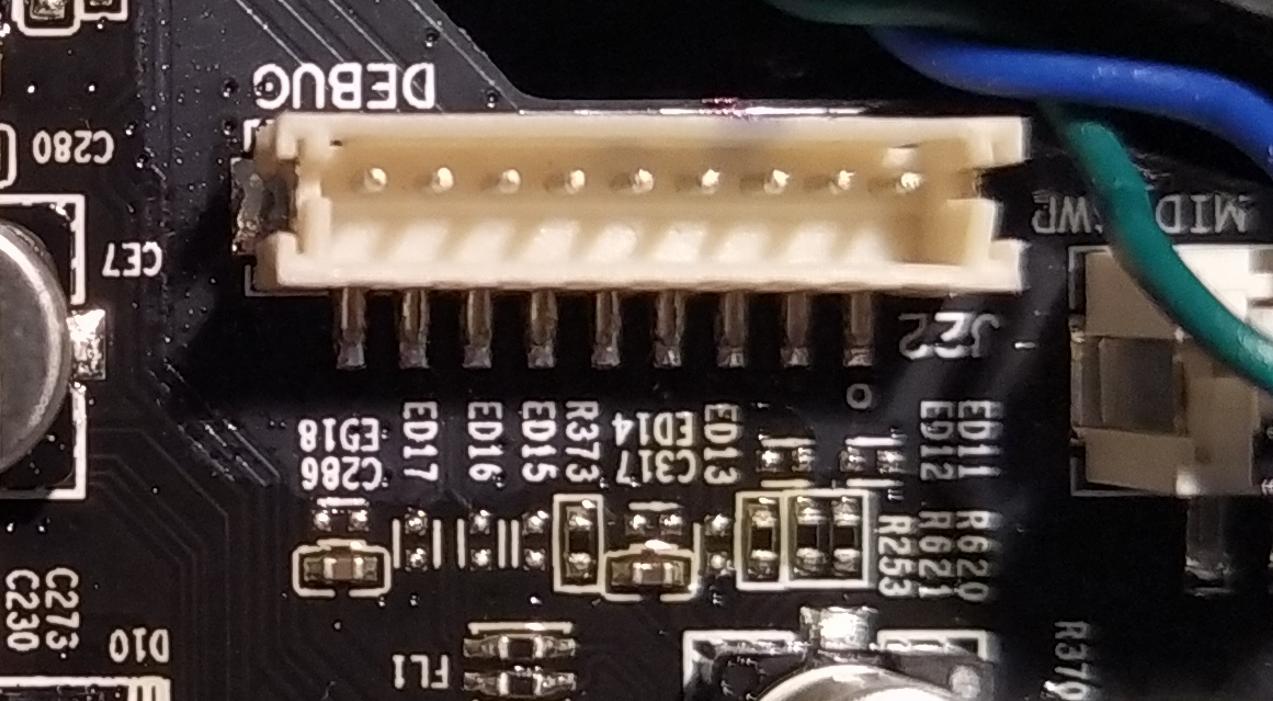
LiDAR

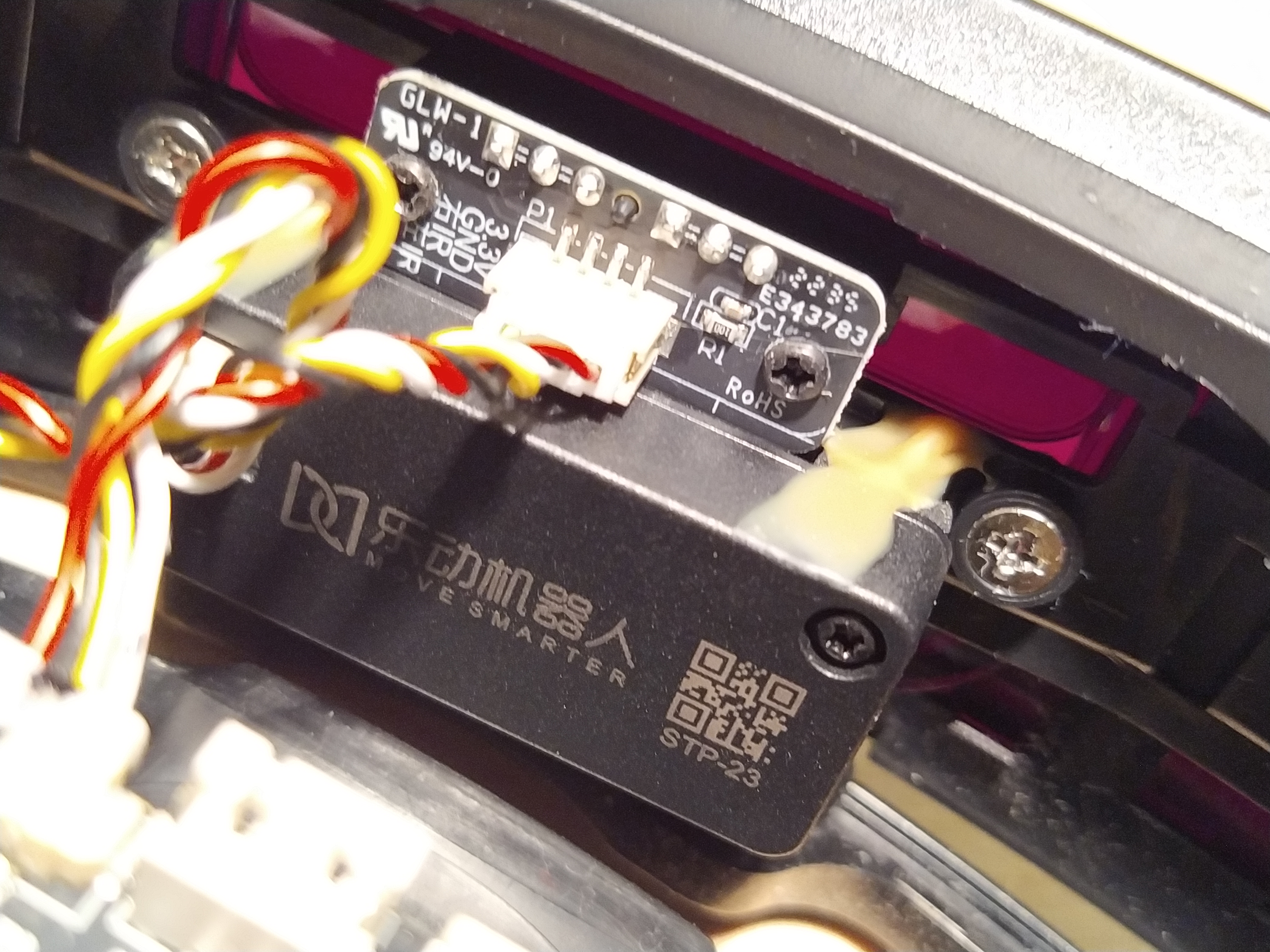
Warranty seal
Fun fact: the warranty seal is still intact after my teardown because you don’t have to loosen this screw to open it. This only makes the removal of the housing a little more time-consuming.
Detailed mainboard pictures

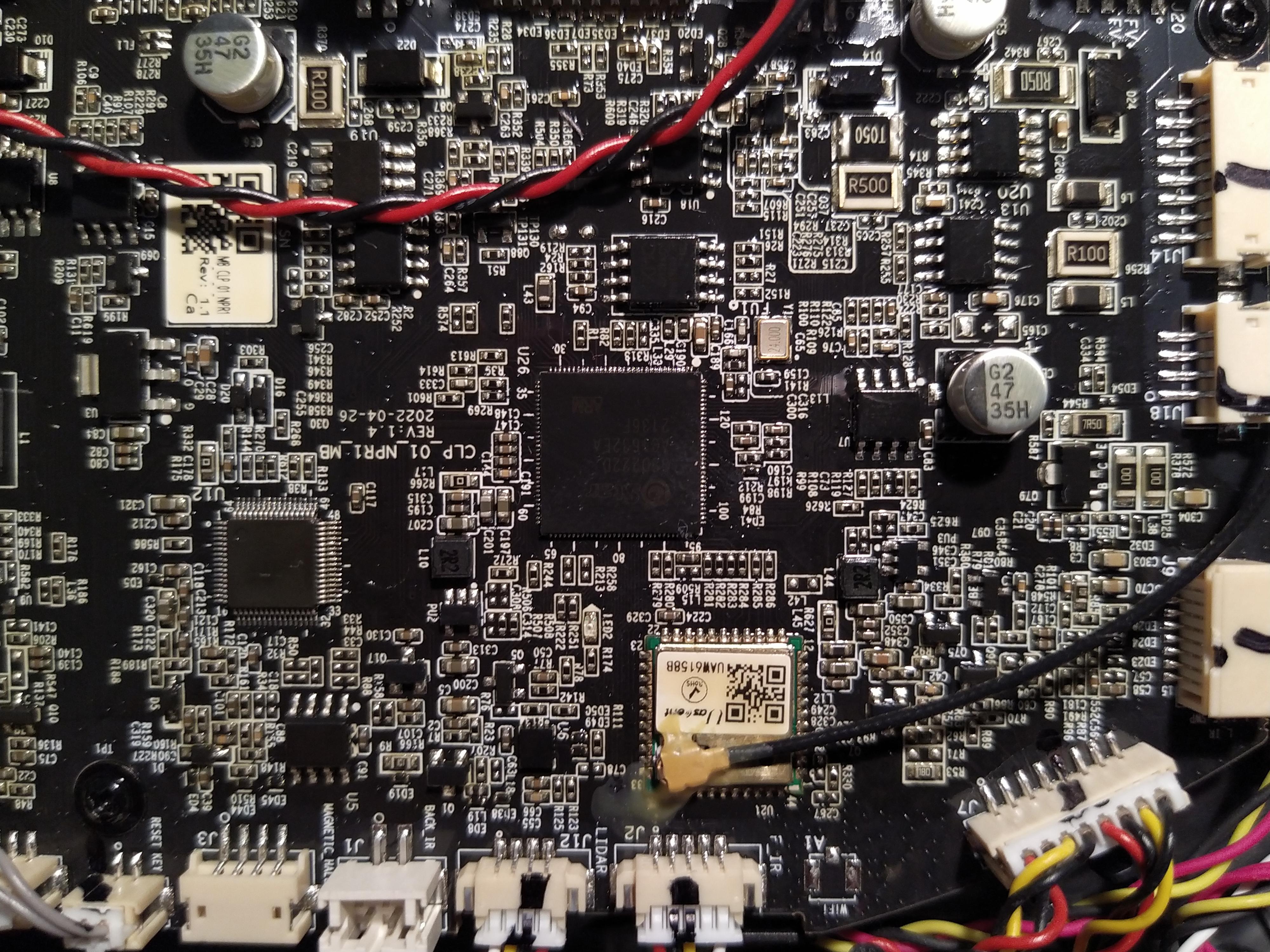
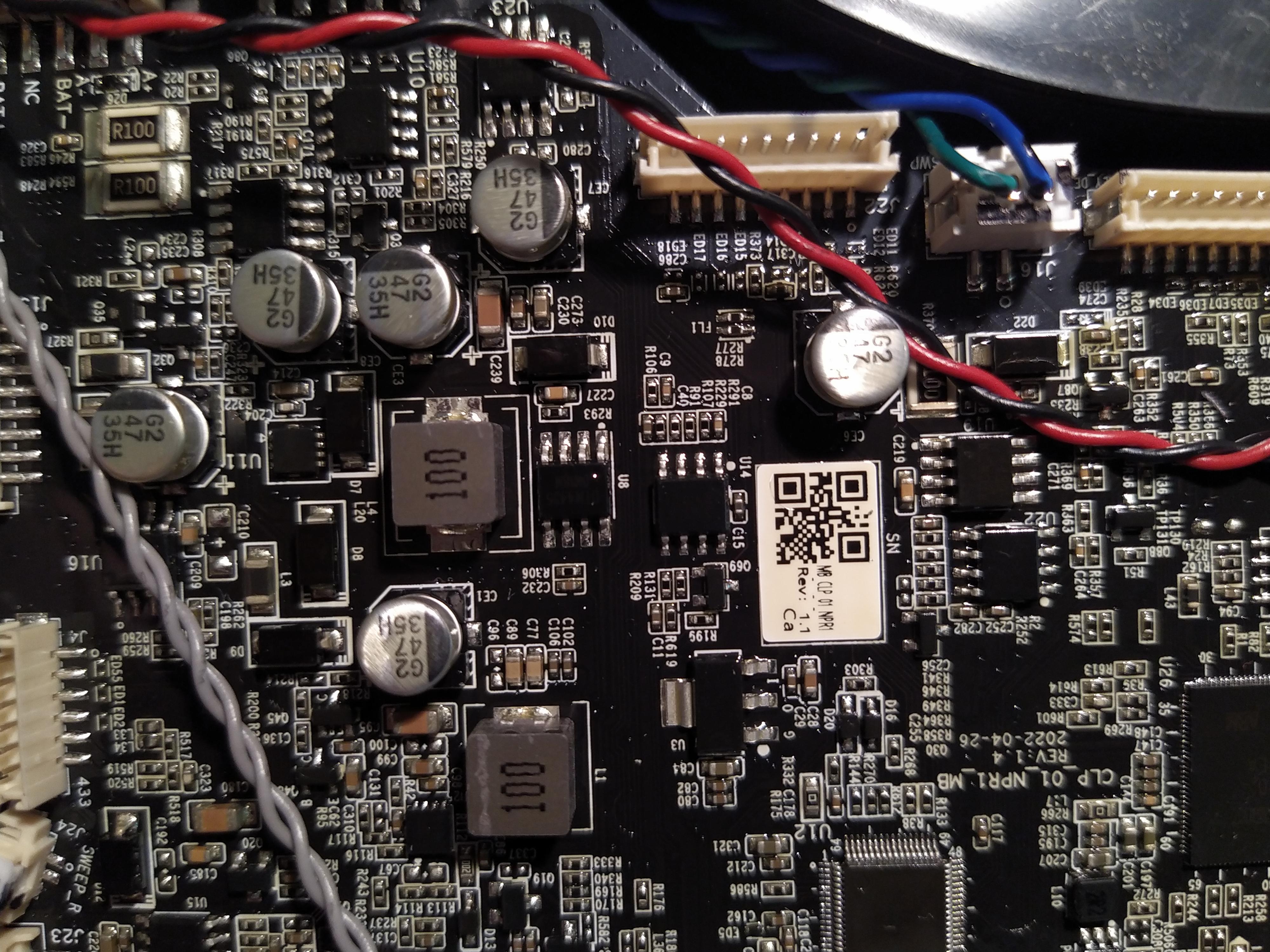
Technical details
System on a chip (SoC)
The pictures reveal that the robot uses a SigmaStar SSD222D SoC with an ARM CPU. A Preliminary Product Brief for the SSD222 series is available and in there it lists the SoC as “Smart Display CAM Controller” and mentions the CPU is an ARM Cortex-A7 dual-core and that up to 512MB DDR3 RAM is supported. The linux-chenxing organization tries to provide Linux for weird Cortex A7 based SoCs from MStar/SigmaStar.
The SigmaStar company lists that the SSD222D is a “Smart Display CAM Controller with Embedded 16-bit 128MB DDR3” that uses an ARM Cortex-A7 dua-core CPU with an frequency up to 1GHz. It provides an memory management unit (MMU) for Linux support, has a dedicated image/video processor, JPEG encoder, ethernet, some cryptography algorithms, secure boot and multiple peripherals like General Purpose Input/Output (GPIO), Inter-Integrated Circuit (I²C) and Pulse-width modulation (PWM). Another technical product brief provides information about the pin diagram, signal descriptions, electrical specifications and marking information. Additional information missing in the technical product brief are available in a blog post.
The SSD222D might be similar to the SSD202D which uses the same ARM processor, just with a smaller cache. And instead of the image/video processor it has dedicated H.264/AVC and H.265/HEVC decoder. In addition to linux-chenxing’s Linux fork with support for SSD202D, an SigmaStar original Buildroot SDK Boot Kernel is available.
SigmaStar provides SigmaStarDocs as a static HTML site for developer documentation.
Network
The networking capabilities are provided via a Wi-FI and Bluetooth low energy chip with the model number UAW6158B, FCC (Federal Communications Commission) ID is 2A68EJX-UAW6158B0, from Shenzhen Uascent Technology Co.,Ltd.
Conclusion
The teardown of the Proscenic Floobot V10 is not particularly complicated and the robot uses almost exclusively Chinese hardware. However, my teardown has brought to light some interesting technical details that were not available before. The battery capacity is smaller than stated but could also be much larger as the space is there. The warranty seal is just a joke, but since it’s a Chinese product, I doubt you’ll get a warranty at all. The debug port of the robot is easily accessible.
The final question is whether it is possible to run your own Linux on it? Time will tell.
Sources
Floobot V10 - Proscenic
Proscenic V10 3000Pa Suction Robot Vacuum Cleaner
Floobot X1 - Proscenic